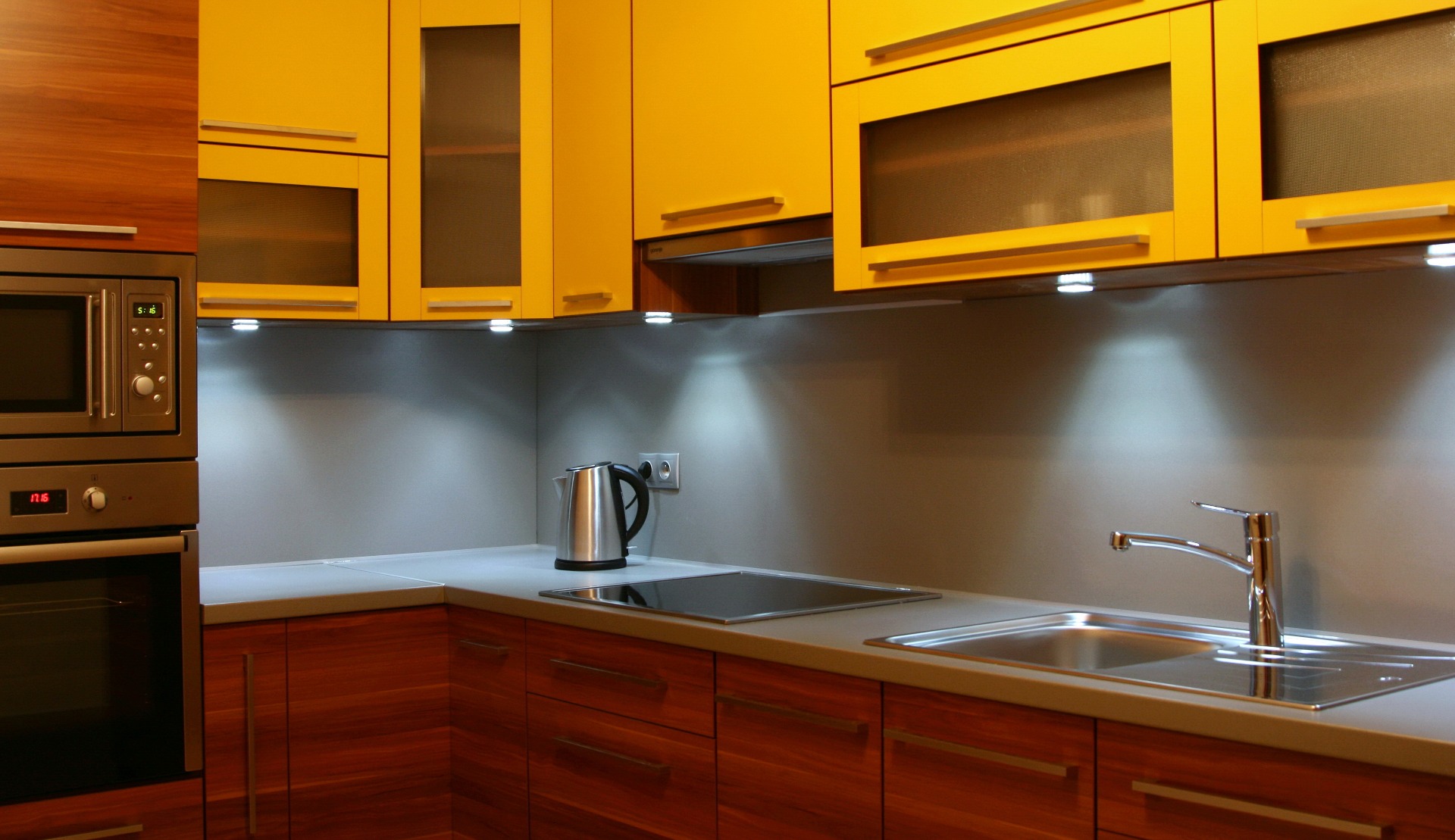Preparing the Cabinet Doors: Installing Glass In Kitchen Cabinet Doors
Before installing glass in your kitchen cabinet doors, you need to prepare the existing doors for a smooth and secure installation. This involves cleaning, sanding, and priming the doors to create a suitable surface for the glass and adhesive.
Removing Existing Cabinet Door Panels
To install glass in your cabinet doors, you’ll need to remove the existing panels. This process is straightforward, but it’s essential to handle the doors carefully to avoid damage.
- Locate the hinges: Identify the hinges that connect the door to the cabinet frame. Most cabinet doors have two or three hinges, usually placed on the left and right sides of the door.
- Remove the screws: Using a screwdriver, carefully remove the screws holding the hinges to the door. Be sure to keep the screws in a safe place, as you’ll need them to reattach the hinges later.
- Gently lift the door: Once the screws are removed, carefully lift the door off the hinges. Be mindful of the weight of the door and move it slowly to avoid dropping it.
- Remove the existing panel: With the door off the hinges, you can remove the existing panel. This usually involves unscrewing the panel from the door frame or prying it loose with a putty knife. Take care not to damage the door frame while removing the panel.
Tools and Materials
Here’s a list of tools and materials you’ll need to prepare your cabinet doors for glass installation:
- Screwdriver
- Putty knife
- Sandpaper (various grits)
- Cleaning supplies (soap and water, or a cleaning solution)
- Primer (compatible with your glass adhesive)
- Paintbrush or roller
- Safety glasses
- Work gloves
- Drop cloth or work surface
Cleaning and Sanding
Cleaning and sanding the cabinet doors are essential steps to ensure a smooth and even surface for the glass and adhesive.
- Clean the doors: Thoroughly clean the doors using soap and water or a cleaning solution. Remove any dust, dirt, grease, or residue that could interfere with the adhesive.
- Sand the doors: Use sandpaper to smooth out any rough spots or imperfections on the doors. Start with a coarse grit sandpaper (80-120 grit) and gradually move to a finer grit (220-400 grit) for a smooth finish. Sand the doors in the direction of the wood grain.
Applying Primer
Primer helps create a bond between the glass and the cabinet door. It also prevents the adhesive from soaking into the wood, which could weaken the bond.
- Choose the right primer: Select a primer that is compatible with the adhesive you plan to use for the glass. Check the product labels for compatibility information.
- Apply the primer: Using a paintbrush or roller, apply a thin, even coat of primer to the entire surface of the cabinet doors. Let the primer dry completely according to the manufacturer’s instructions.
Installing the Glass

Now that your cabinet doors are prepped, it’s time to install the glass. This is where things get a little more delicate, so be sure to work carefully and safely.
Cutting the Glass
Cutting glass for cabinet doors requires precision and safety. It’s best to have this done by a professional glass cutter if you’re not comfortable working with glass. But if you’re feeling adventurous, here’s how to do it:
- Always wear safety glasses and gloves when working with glass.
- Measure the glass carefully, allowing for a slight gap between the glass and the frame.
- Use a glass cutter to score the glass along the measured line.
- Apply pressure to the glass on either side of the score line to snap the glass cleanly.
- Use a glass grinder to smooth any rough edges.
Securing the Glass
Once you’ve cut the glass, it’s time to secure it within the cabinet door frame. There are several methods to choose from, each with its own advantages and disadvantages.
- Glazing Beads: These are small, decorative strips of wood or plastic that fit into a groove around the perimeter of the cabinet door frame. They help to hold the glass in place and provide a finished look.
- Silicone Sealant: A simple and effective method, silicone sealant is applied to the perimeter of the glass before it’s inserted into the frame. It creates a watertight seal and helps to hold the glass in place.
- Specialized Clips: These are available in various styles and sizes and are designed to hold the glass securely within the frame. They offer a clean and modern look and are easy to install.
Ensuring a Secure and Watertight Seal, Installing glass in kitchen cabinet doors
No matter which method you choose, it’s crucial to ensure a secure and watertight seal around the glass. This prevents moisture from seeping into the cabinet and causing damage.
- When using glazing beads, make sure they are tightly fitted and that there are no gaps or loose spots.
- When using silicone sealant, apply a generous amount and smooth it out carefully to ensure a continuous and even seal.
- When using specialized clips, make sure they are properly aligned and that the glass is held firmly in place.
